Tuckerman (Jackson County, AR)
Introduction
Text-to-speech Audio
In the twenty-first century Tuckerman is known for their local ASWF Wrestling at a building located in the center of town. Tuckerman was first established with the building of the railroad through Jackson County, AR. Once the depot was built settlers began to flood into this new area. Businesses, churches, a post office, cotton, lumber, ect. which eventually gave rise to Tuckerman being officially recognized a new community of residents for Jackson County. Tuckerman after the Civil War but before desegregation was split into two different communities that ran along the tracks. One side were where whites thrive and the other side consisted of African Americans establishing and thriving on their own. Tuckerman would produce a famous basketball player in the 1960s, and it was see damage for tornadoes, but the town never gave up. In twenty-first century Tuckerman struggles as community to keep the economy up, but they are close community of people that help each other out when help is asked or needed.
Images
Jim "Bad News" Barnes around 1960
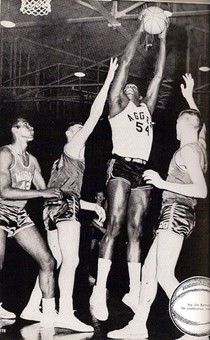
E.C. Julian Lumber Company in Tuckerman
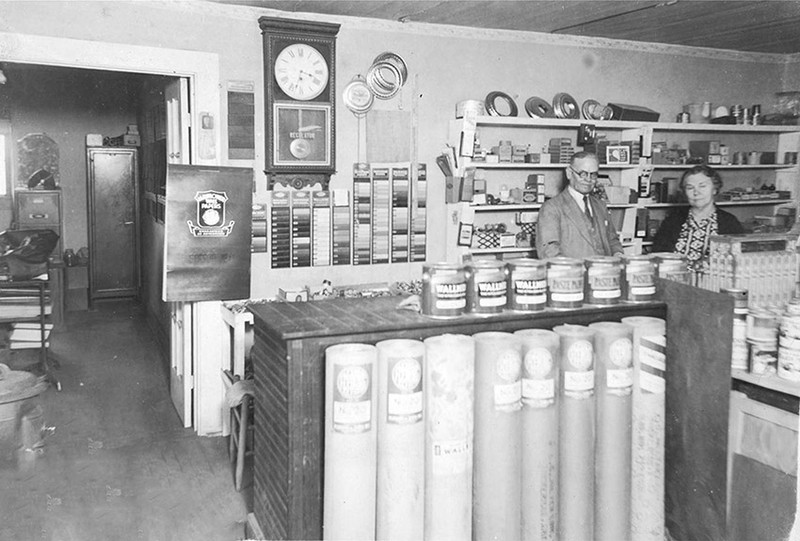
Rock 'n' Roll Highway 67 sign near Tuckerman.
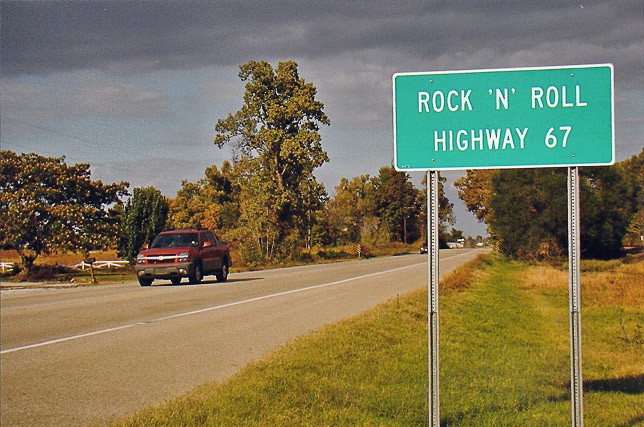
The old church in Tuckerman
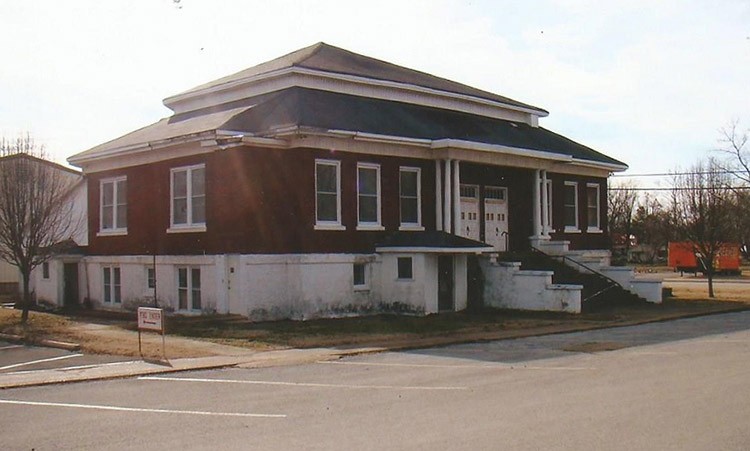
Tuckerman Train Depot around 1967
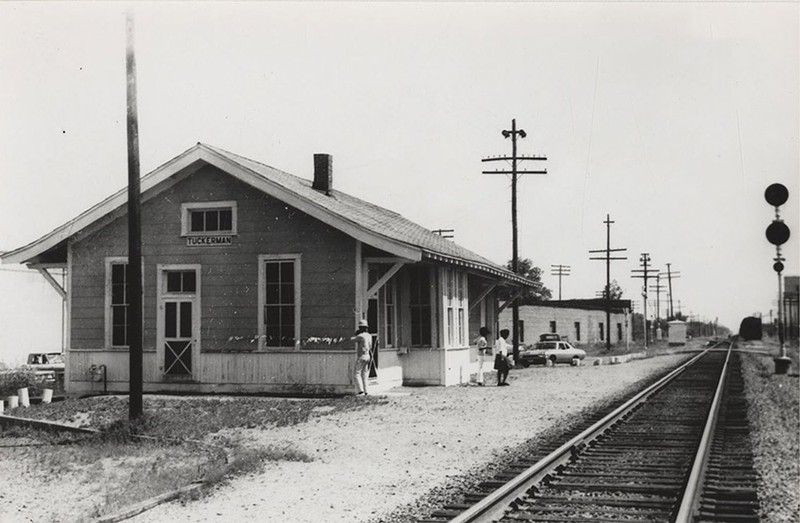
Tuckerman Water Tower
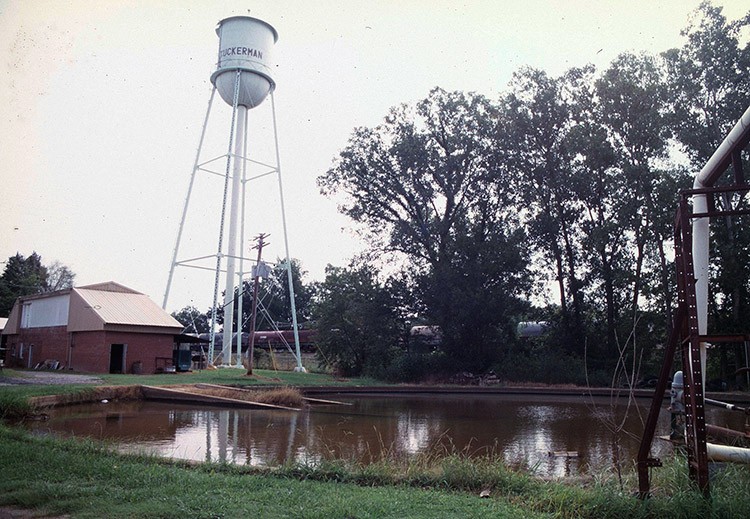
Downtown Tuckerman Unknown Era Taken
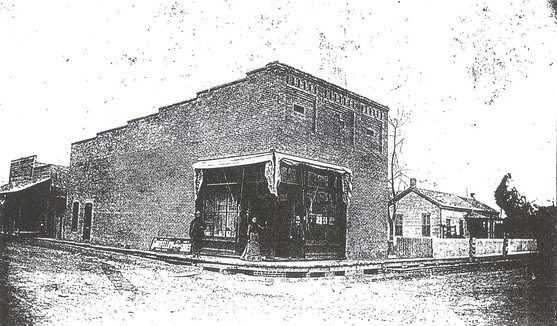
Downtown Tuckerman Unknown Era Taken
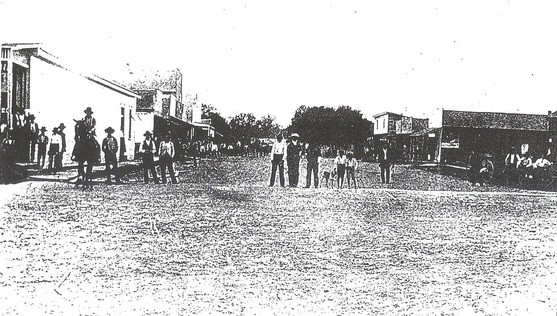
New Grocery Store DG Market Coming to Tuckerman

Backstory and Context
Text-to-speech Audio
Tuckerman is located on higher ground several miles from the Black River and about 10 miles north of Newport. When Americans first settled in Arkansas in the 1800s the area of Tuckerman was once claimed for hunting grounds by the native tribes of Osages even though their tribal lands were farther north in what would be called the state of Missouri. The Osages would eventually sign a treaty with the American government that would have them give up their hunting grounds they claimed in Arkansas allowing for settlers to begin cultivating the area as farm land. Even though this land was being cultivated during this time frame the two primary communities listed even up to the Civil War were Jacksonport and Grand Glaise which were strategic sites during the Civil War because they set directly on the White River. Construction of for a railroad through the Cairo and Fulton Railroad (St. Louis Iron Mountain and Southern Railroad and then the Missouri Pacific Railroad) established the town of Tuckerman similarly to the towns of Grubbs and Diaz. Tuckerman’s name came from a railroad executive who was never recorded as making a memorable contribution to the railway industry or Arkansas history.
Some of the first settlers who were attracted to the train depot being established were D.C. Dowell and his brother F.F. Dowell in 1878, Frank Harrison, a Dr. Richardson, and an African-American family going by the name Lucas. On September 2, 1874 the first post office was constructed in Tuckerman with its first postmaster as Thomas Richardson. Alex Lockard would eventually establish the first store called “Bloom’s Store,” and a Masonic lodge was built as some of the first businesses established in Tuckerman. Two churches were established in Tuckerman in the early and late 1800s: first a Methodist church in 1884 but did not receive their pastor S.D. Evans until 1887, and second a Baptist church called Pleasant Grove No.2 founded in 1894, its first pastor being S.W. Abernathy who was affiliated with the Spring River Baptist Alliance. When in 1903 the Baptist church bought land, the name was changed to First Baptist Church, but it would relocate again in 1911 from the east side of town to the west, and then in 1915 it would be associated with the Black River Baptist Association. The timber industry also brought employment into the Tuckerman district as well.
On November 18, 1891 Tuckerman was officially incorporated into Jackson County as district and had reported that the town thriving with a significant population. Other businesses would begin to thrive in the early 1900s: first the Bank of Tuckerman opened in 1902, J.A. Lindley was its first president, J.L. Parrott opened a store, the Graham brothers also opened and operated several stores during this time, a white frame building with two room was replaced in 1907 by a two-story red brick structure become the first Tuckerman school, and in 1921 a Church of Christ was established. During the Great Depression because the town was hit hard because it relied heavily on the railroad and the local agriculture to thrive. In 1935 the Public Works Administration (PWA) would establish Tuckerman’s water town which would later be added into the National Register of Historic Places.
Tuckerman consisted of two separate communities due to segregation and Jim Crow laws with the African Americans living on the east side of the railroad and the whites living on the west side of the tracks. Because of this separation the African American community of Tuckerman established their own churches, businesses, and schools, which in fact one of the original African American schools still stands in twenty-first century. African American men were hired primarily to work on the railroads and cotton gins whereas the women were employed as maids for the local white families. Tuckerman school district would officially desegregate in 1967. In January 1944 the Red Brick School would burn to the ground prompting a larger building to be constructed. Highway 67 (later known as Highway 367) ran parallel the train tracks through the district of Tuckerman, and new businesses were established along this same line to serve the travelers and local population. Some of these businesses included restaurants and clubs where early rock and roll singers such as Elvish Presley, Johnny Cash, Sonny Burgess, and Conway Twitty performed to develop their careers that would make them internationally famous. In 2009 Act 497 would commemorate this designation as a part of the Rock ‘n’ Rock Highway.
Tuckerman made its mark on the athletic field when their local basketball star Jim “Bad News” Barnes became an outstanding student athlete in 1964 with the Texas Western College (now called University of Texas at El Paso), and that same year he became a member of United States 1964 Olympic basketball team, then playing for five National Basketball Association (NBA) teams for a seven-season career. In 2007 Tuckerman became the new home for the Valiant Arena of the All-Star Federation, founded by Aaron Polston and Leonard Doan out of Walnut Ridge (Lawrence County), AR. Tuckerman is considered the epicenter of tornados for many years the last one being in 1999. Even on May 15, 1968 a very powerful tornado passed through the area killing thirty-five people and injuring 364. Similarly, to Jacksonport’s Portfest and Newport’s Farmer’s Day, Tuckerman in 1980 started their own annual festival called Hometown Days which has been held the second weekend of May. During the 1990s and 2000s Tuckerman would be consolidated with Swifton and Grubbs making up the new Jackson County School District. Records recorded in 2009 showed that 350 students, pre-k-six grade attend the Tuckerman Elementary School, and 295 students grades seven-twelfth attend the Tuckerman High School.
In the twenty-first century Tuckerman’s businesses consist of two gas stations, a post office, police station, fire department, S&S Auto, Southland Auto Parts & Farm Supply, Tuckerman City Hall, Bennett Lumber Company, a Dollar General, and Billy Tate Fish Farm. Recently the community has begun construction on a new grocery store like Harps being built across the street from Tuckerman Police Station and the Tuckerman Church of Christ.
Sources
Teske, Steven. Tuckerman (Jackson County), Encyclopedia of Arkansas. November 3rd, 2022. Accessed April 28th, 2023. https://encyclopediaofarkansas.net/entries/tuckerman-jackson-county-906/.
Cameron University Athletic Hall of Fame. Jim "Bad News" Barnes, Encyclopedia of Arkansas. Accessed May 1st, 2023. https://encyclopediaofarkansas.net/media/jim-bad-news-barnes-8317/.
CALS Butler Center for Arkansas Studies , Central Arkansas LIbrary System. Lumber Company, Encyclopedia of Arkansas. Accessed May 1st, 2023. https://encyclopediaofarkansas.net/media/lumber-company-16972/.
Polston, Mike. Rock 'n' Roll Highway, Encyclopedia of Arkansas. Accessed May 1st, 2023. https://encyclopediaofarkansas.net/media/rock-%c2%91n%c2%92-roll-highway-9028/.
Museum of American History, Cabot Public Schools. Tuckerman Church, Encyclopedia of Arkansas. Accessed May 1st, 2023. https://encyclopediaofarkansas.net/media/tuckerman-church-14960/.
Butler Center for Arkansas Studies, Central Arkansas Library System. Tuckerman Depot, Encyclopedia of Arkansas. Accessed May 1st, 2023. https://encyclopediaofarkansas.net/media/tuckerman-depot-18134/.
Arkansas Historic Preservation Program. Tuckerman Water Tower, Encyclopedia of Arkansas . Accessed May 1st, 2023. https://encyclopediaofarkansas.net/media/tuckerman-water-tower-14022/.
Good Man Ancestors. Tuckerman, Arkansas, Good Man Ancestors. Accessed May 1st, 2023. https://www.goodmanancestors.com/shelas-blog/tuckerman-arkansas.
Good Man Ancestors. Tuckerman, Arkansas, Good Man Ancestors. Accessed May 1st, 2023. https://www.goodmanancestors.com/shelas-blog/tuckerman-arkansas.
Photo by: Cameron University Athletic Hall of Fame, courtesy of Encyclopedia of Arkansas
Photo by: CALS Butler Center for Arkansas Studies, Central Arkansas Library System, courtesy of Encyclopedia of Arkansas
Photo by: Mike Polston, courtesy of Encyclopedia of Arkansas
Photo by: Museum of American History, Cabot Public Schools, courtesy of Encyclopedia of Arkansas
Photo by: Butler Center for Arkansas Studies, Central Arkansas Library System, courtesy of Encyclopedia of Arkansas
Photo by: Arkansas Historic Preservation Program, courtesy of Encyclopedia of Arkansas
Photo by:Unknown, courtesy of Good Man Ancestors
Photo by:Unknown, courtesy of Good Man Ancestors
Photo by: Debbie Johnson, courtesy of Lezlie Johnson
